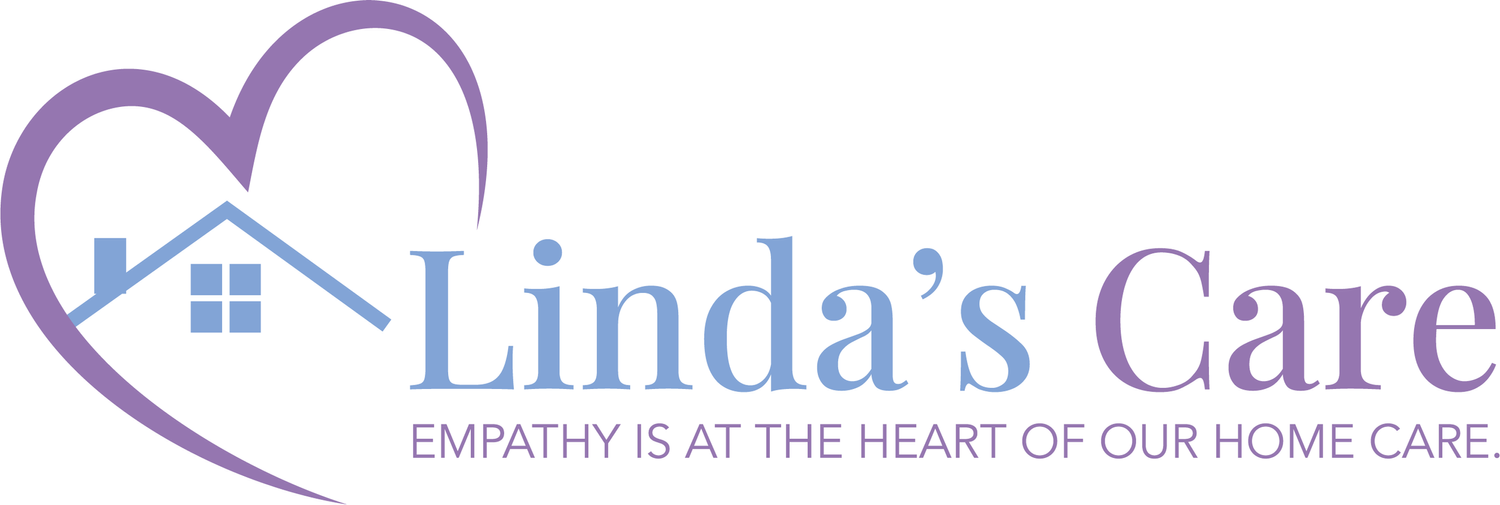Age In Place Safely With Assistive Devices
Seniors choose to remain in their own homes indefinitely for a variety of reasons. Unfortunately, the effects of advanced age, chronic illness, and physical or cognitive disability can make their home an unsafe environment. This does not mean, however, that elderly individuals should be forced into a nursing care facility. There are many ways to make an individual’s residence safe, and many of them are even covered by insurance!
Linda’s Care performs a safe home assessment with each client, which helps us identify existing and potential risks. It also helps us determine what resources would ease the individual’s difficulties in managing daily life. We first address anything the individual’s family can fix or update quickly and easily. For more complex needs, we review the individual’s eligibility for assistive devices. The addition of adaptive equipment and supplies can extend a person’s ability to remain in their own house or apartment for several more years.
What is an In-home Assistive Device?
An in-home assistive device is anything that makes it easier for someone to get through all of their activities of daily living. Devices may be medical, non-medical, or technology-based.
Medical Assistive Devices
Prosthetic limbs
Custom orthotics
Equipment and supplies that are associated with chronic illness
Non-Medical Assistive Devices
Walkers
Wheelchairs
Scooters
Medicine organizers
Household features like ramps, grab bars and grips
Technology-Based Assistive Devices
Hearing aids
Computer software
Visual aids
Computer hardware
Motorized mobility aids
These are just a few common examples of assistive devices that make home life safer and more convenient to navigate in advanced age.
Am I Eligible for an In-home Assistive Device?
Insurance coverage is available for most assistive devices, which is a huge relief to people who are aging in place. Modifying a home to add safety features can be expensive. Even ongoing supply costs really add up over time. Without coverage, these expenses would be unaffordable for the people they are intended to help.
Our experienced Care Coordinator reviews each client’s insurance policies to determine what coverage is available for assistive devices. We navigate clients and their families through the entire process to make sure they can get the right equipment and supplies to ensure a safe home environment. We pay attention to the fine print to verify what the client is eligible for and if there are any out-of-pocket costs, such as deductibles or copays, to expect. Sometimes, it’s possible to get something fully covered by leveraging more than one type of insurance. We look at Medicare, Medicaid, the Veteran’s Administration, Long-term Care Insurance, Private Insurance, and privately financed solutions.
When living at home is the best option, but not necessarily the safest one, elderly individuals and their families worry about injuries and medical emergencies. Linda’s Care understands the stress families feel in these circumstances, and our goal is to ease that burden. We study insurance policies and the processes for obtaining the assistive devices that make our clients’ home lives easier. Contact us to review your current circumstances and what kind of assistance is available. Linda’s Care provides affordable and high-quality home care services in Philadelphia, Montgomery County, Bucks County, Chester County, and Delaware County.
